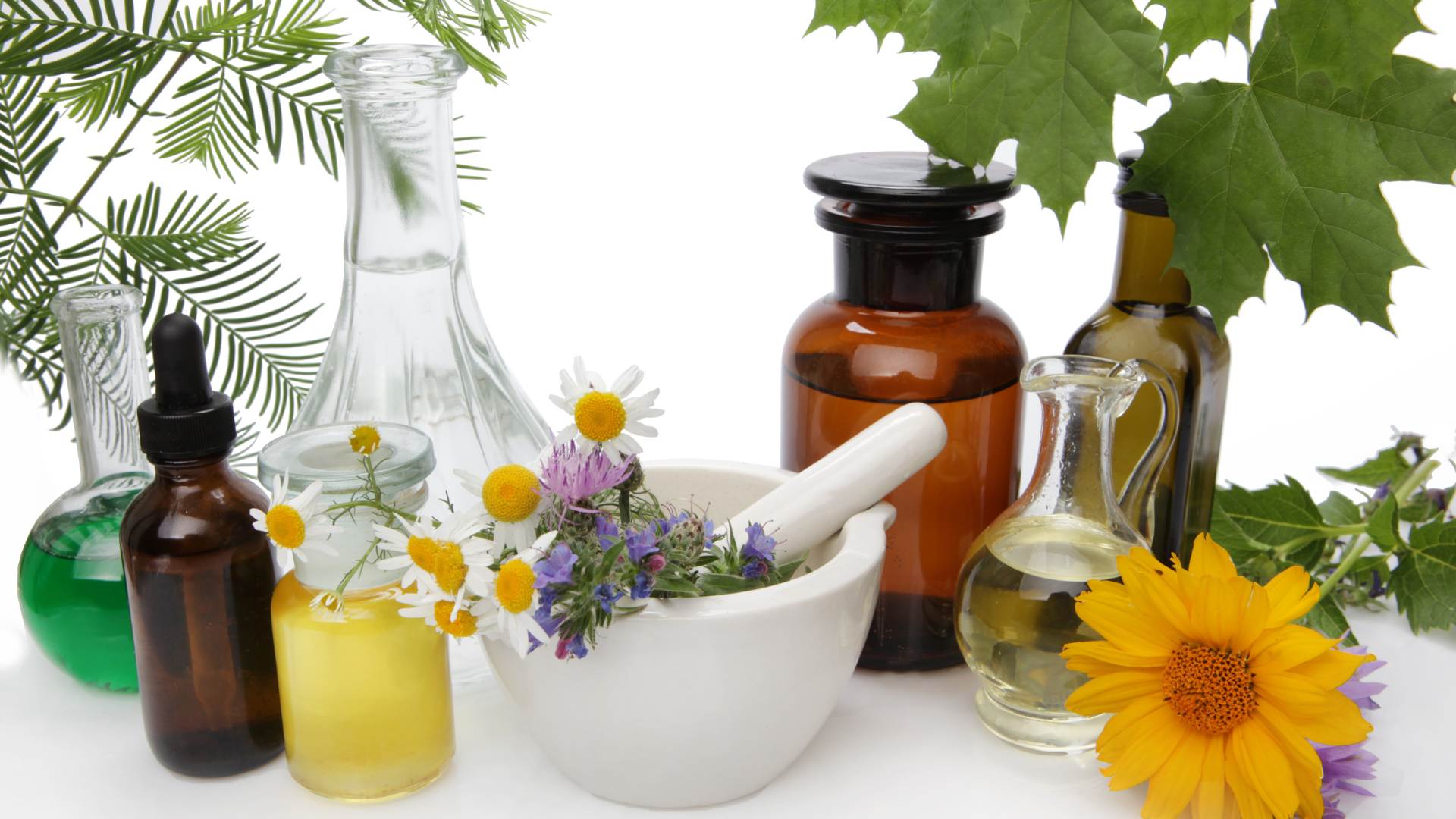Walking down the grocery store aisle, you’ll see countless products labeled "natural" and "organic." While they might sound similar, these two terms have very different meanings and are regulated with vastly different levels of scrutiny. Understanding the distinction is key to making informed choices about the food you eat.
The Word "Natural": A Lack of Regulation
The term "natural" is one of the most widely used and least regulated labels in the food industry. In many countries, there is no official, government-backed standard or certification process for products labeled as "natural".
- What it often means: The U.S. Food and Drug Administration (FDA) and other bodies have historically defined "natural" as a food that doesn't contain added color, artificial flavors, or synthetic substances.
- What it doesn't mean: A product labeled "natural" can still contain highly processed ingredients, high-fructose corn syrup, or be produced using pesticides and non-organic farming methods. For example, a bag of potato chips might be labeled "natural" because the potatoes, oil, and salt are considered natural ingredients, but the chips themselves are highly processed.
The "natural" label is more of a marketing term, so it's essential to read the ingredients list to see what's actually in the product.
The Label "Organic": A Strict Certification
The term "organic," on the other hand, is a legally protected and highly regulated label. For a product to be labeled organic, it must meet a strict set of standards for how it is grown, raised, and processed. These standards are set and enforced by government bodies, such as the U.S. Department of Agriculture (USDA).
Key Characteristics of Organic Farming:
- No Synthetic Pesticides or Fertilizers: Organic farmers use natural pesticides and fertilizers, such as compost and manure, instead of synthetic ones.
- No GMOs: Organic products must not contain any genetically modified organisms.
- Humane Treatment of Animals: For animal products (like meat and dairy), the animals must be raised on organic feed, have access to the outdoors, and are not given growth hormones or unnecessary antibiotics.
Side-by-Side Comparison
| Feature | "Natural" | "Organic" |
|---|---|---|
| Regulation | No official, government-backed standard in many countries; largely a marketing term. | Legally protected and strictly regulated by a national authority. |
| Pesticides | May be produced using synthetic pesticides. | Prohibits the use of synthetic pesticides and fertilizers. |
| GMOs | May contain genetically modified ingredients. | Prohibits the use of genetically modified organisms. |
| Processing | Can contain highly processed ingredients and still be called "natural." | Adheres to strict standards for processing, which limits the use of certain additives and preservatives. |
| Bottom Line | A product labeled "natural" needs to be verified by reading the ingredients list. | The "organic" label provides a high level of assurance about the product's farming and processing methods. |
While a "natural" label can sometimes indicate a product with fewer artificial ingredients, only the "organic" label gives you a guarantee that the product was produced according to strict, third-party verified standards. When in doubt, always turn the package over and read the ingredients list.
